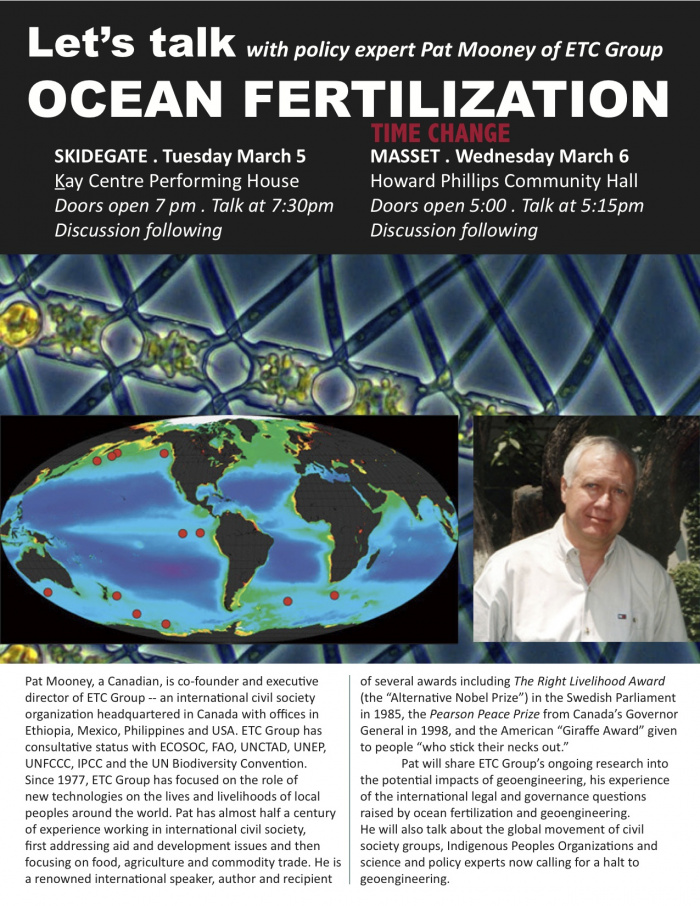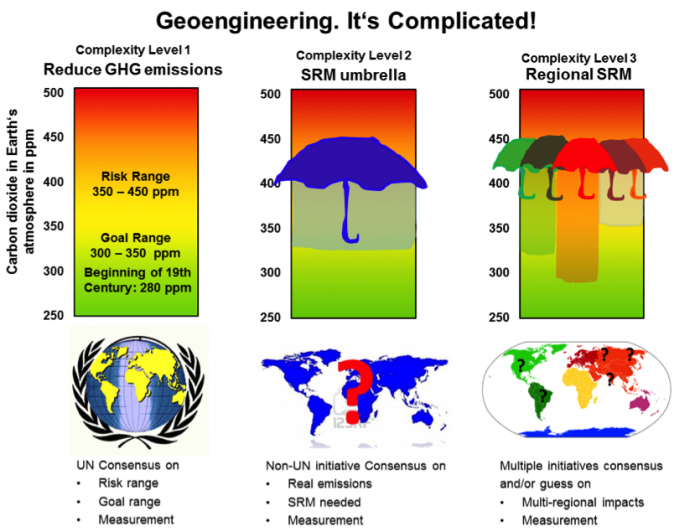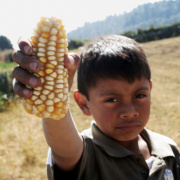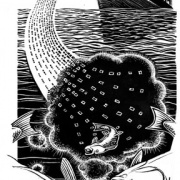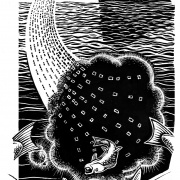Event: Lets talk Ocean Fertilization
Submitted by Joëlle Deschambault on
* Tuesday March 5: SKIDEGATE
Kay Centre Performing House - 7 pm
* Wednesday March 6: MASSET
Howard Phillips Community Hall - 5 pm
Pat will share ETC Group's ongoing research into the potential impacts of geoengineering and his experience of the international legal and governance questions raised by ocean fertilization and geoengineering. He will also talk about the global movement of civil society groups, Indigenous Peoples Organizations and science and policy experts now calling for a halt to geoengineering.

